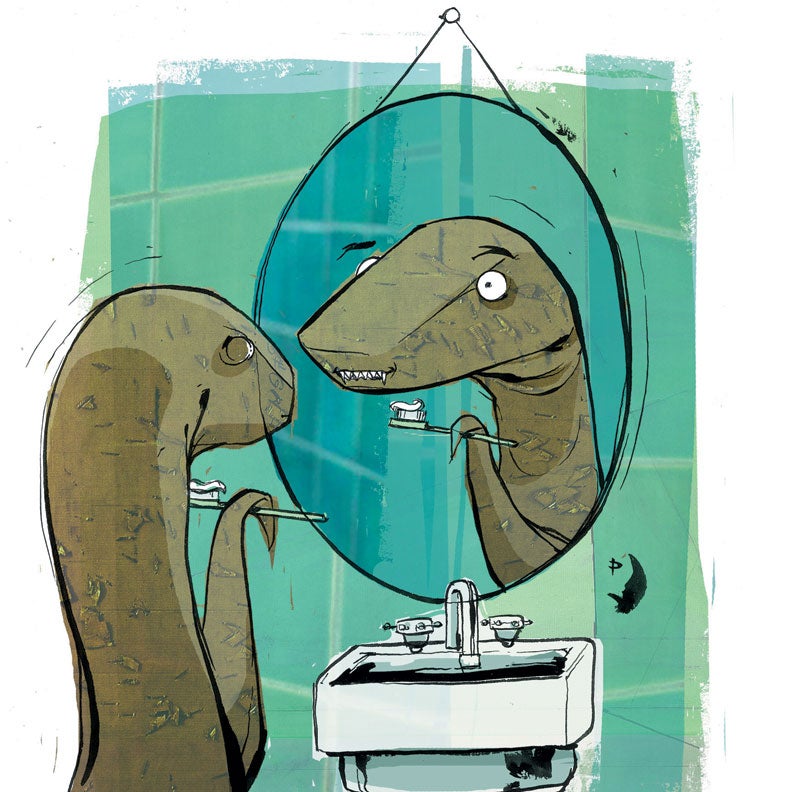Q: I’ve heard that the most poisonous snakes on the planet have mouths that are too small to bite us. What gives? —Tim Russell, Seattle
A: Swallow your pride, bub. Humans are barely a blip on most poisonous snakes’ radar screens. Many of the world’s deadliest serpents, for instance, live in remote, unpopulated stretches of the Australian outback. They evolved for millions of years without the threat of marauding sheep ranchers, and thus had no great need to puncture the human epidermis.
Consider the irony of elapids, the snake family that includes the western brown, death adder, and black tiger—often described as the world’s deadliest reptilian triumvirate. Each snake packs enough neurotoxins to paralyze an adult, but their nickel-size mouths—designed to fit around small lizards or snakes—only open just wide enough to nip (not chomp) a human limb. And their fixed quarter-inch fangs have difficulty penetrating a pair of jeans.
Experts are busy debating which snakes are the most poisonous (the ones that kill you quickest, or the ones that kill you deadest), so the question of whether they could even bite you in the first place remains unsettled. But as Penn State–Hazleton biologist J. Brian Hauge warns, “It’s very dangerous to assume that the most venomous snakes have mouths too small to do damage to you.” Indeed, being wrong would really bite.


